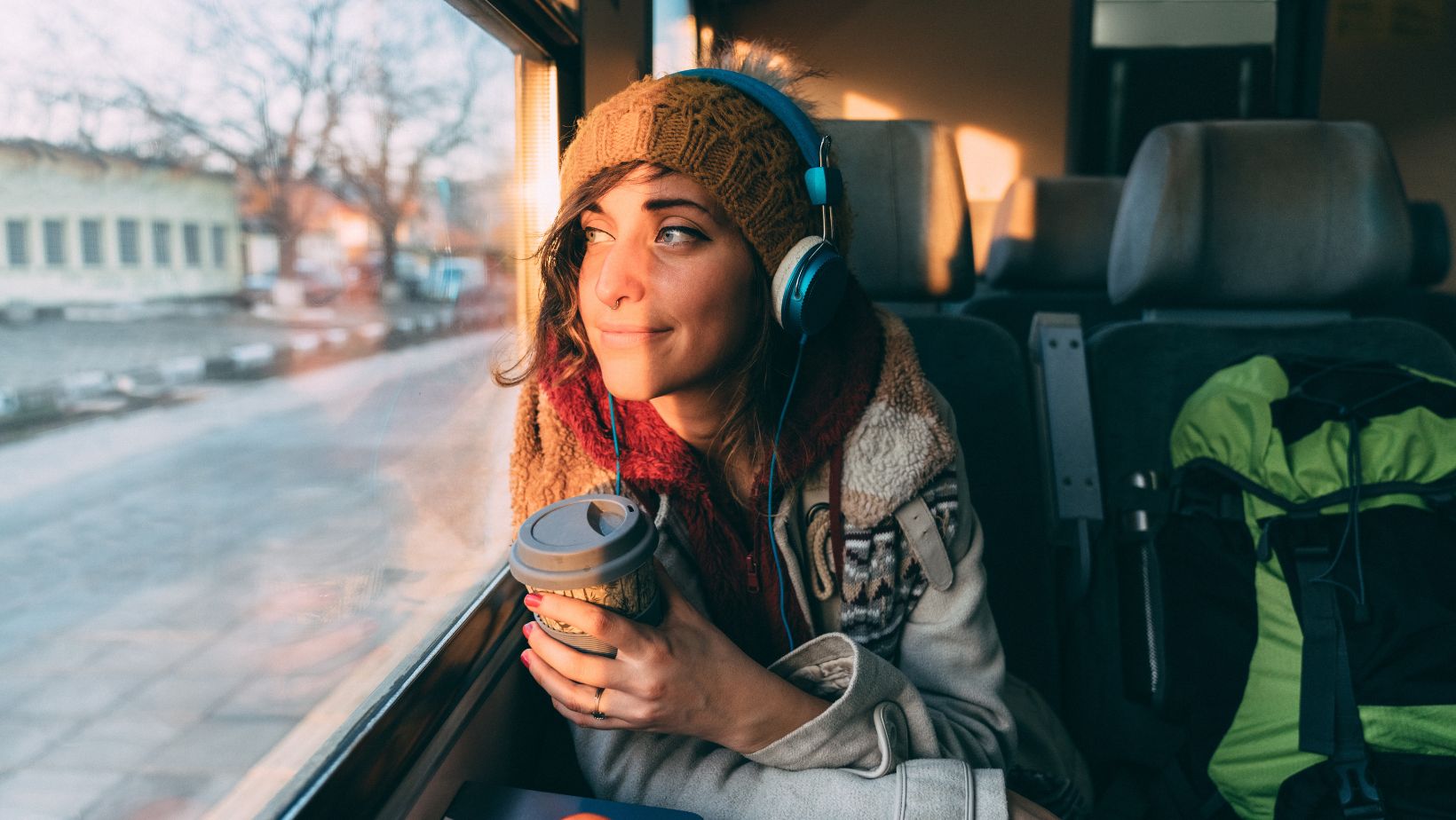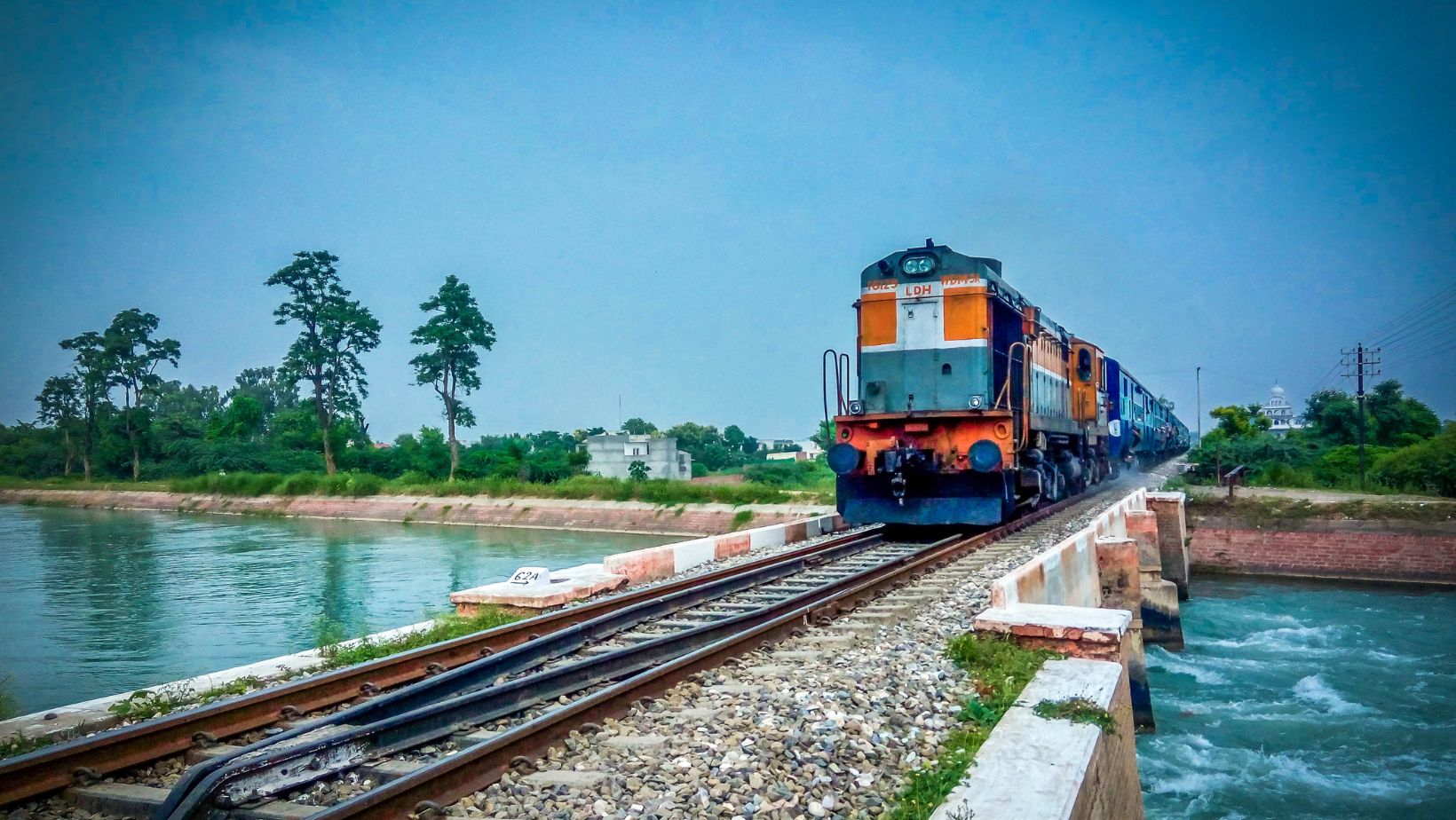Taking the Tibet train is a unique journey across the frozen beauty of the roof of the world. The shortest route is around 20 hours long, so it’s important to ensure a comfortable journey. Here are some essential tips on how to enjoy the experience. Learn how to have the most comfortable journey possible in this guide to taking the Tibet train.
Choose the Soft Sleeper for More Comfort and Privacy
Start by choosing the right class of ticket. Tibet trains offer hard and soft sleeper berths, and while the less expensive hard sleeper might seem appealing, you’ll have a better trip if you buy a soft sleeper ticket.
The added comfort and privacy of the soft sleeper lets you have a more relaxing experience. The soft sleeper compartment has four beds in a private cabin with a sliding door, padded mattresses, pillows, and blankets. It’s much quieter and less crowded than the hard sleeper, which has six beds per cabin and open compartments.
Book Your Tibet Train Tickets in Advance
Train tickets to Tibet are in high demand year-round, especially during peak travel seasons like summer and around China’s National Day in early October. Tickets are typically released 15 to 30 days before departure, and soft sleeper cabins sell out quickly. Booking early ensures you get the departure city and class you prefer.
While Xining is the shortest and most popular route due to its lower elevation and shorter ride, many travelers also depart from Beijing, Shanghai, or Chengdu for the full experience. Whatever your origin city, the earlier you secure your ticket, the better your chances of getting the comfort and schedule you want.
Pack Smart for the Long Train Ride to Lhasa
While each berth provides basic bedding, you’ll want to bring your own essentials to make the journey more pleasant. Dress for comfort on the train with loose comfortable clothes that are good for sleeping and relaxing.

Trains don’t have shower facilities, so bring face wipes, hand sanitizer, and a small tower. You’ll need your own toiletries such as a toothbrush, toothpaste, and soap. Hot meals can be bought on board, but pack some snacks such as dried fruit, nuts, or biscuits. Hot water for drinking is available, so bring a reusable water bottle, and food like instant noodles.
Take Advantage of the Onboard Oxygen Supply
One of the unique features of the Tibet train is its built-in oxygen supply system. As the train ascends to high-altitude regions, reaching elevations over 5,000 meters, the oxygen system helps passengers acclimatize more smoothly. Oxygen is pumped into the cabins through vents, and personal oxygen outlets are also available at each berth.
If you start feeling symptoms of altitude sickness, such as headache, dizziness, or nausea, you can use the personal oxygen outlets to help recover. While most travelers adapt gradually thanks to the slow ascent, it’s wise to avoid alcohol, move around gently, and rest as much as possible. Staying relaxed and breathing deeply can also ease the transition to high altitude.
Enjoy the Scenic Views along the Qinghai-Tibet Railway
The landscapes visible through the train window are one of the best highlights of the Tibet train. As you journey across China’s vast interior and up onto the Tibetan Plateau, you’ll pass through desert plains, grasslands, snow-covered mountains, high-altitude lakes, and remote villages. Keep your camera ready for landmarks such as Tanggula Pass, and the expansive Qiangtang Grasslands, home to yaks and nomadic herders.
Daylight hours offer the best views, so check your route’s schedule to know when you’ll be crossing key scenic areas.

Early morning or sunset views over the plateau can be especially stunning. Even from your berth, watching the landscape roll by becomes a meditative experience that prepares you for the spiritual journey ahead in Tibet.
Stay Hydrated, Eat Light, and Get Enough Rest Onboard
Good physical condition helps minimize the risk altitude sickness, and makes the long journey more enjoyable. Hydration is always important, drink plenty of water throughout the ride, and avoid too much caffeine.
Eating light meals can help avoid digestive issues. Instant noodles are a popular option onboard, and the dining car usually serves simple Chinese meals. If you have dietary concerns, pack additional snacks or instant meals before boarding.
Sleep is another crucial factor. Resting well helps your body adjust and makes the journey smoother. The gentle rocking of the train often helps travelers fall asleep easily, especially in the more private soft sleeper cabins. Try to sleep during the night and take short naps during the day, especially after crossing into higher altitudes.
Conclusion
Follow these tips for a comfortable, and enjoyable journey on the Tibet train. The extra cost of a soft sleeper berth is worth it for the added comfort, and by packing smart and taking advantage of what the train has onboard, you’ll have a pleasant trip with exciting views of the majestic landscapes.


 By
By 




